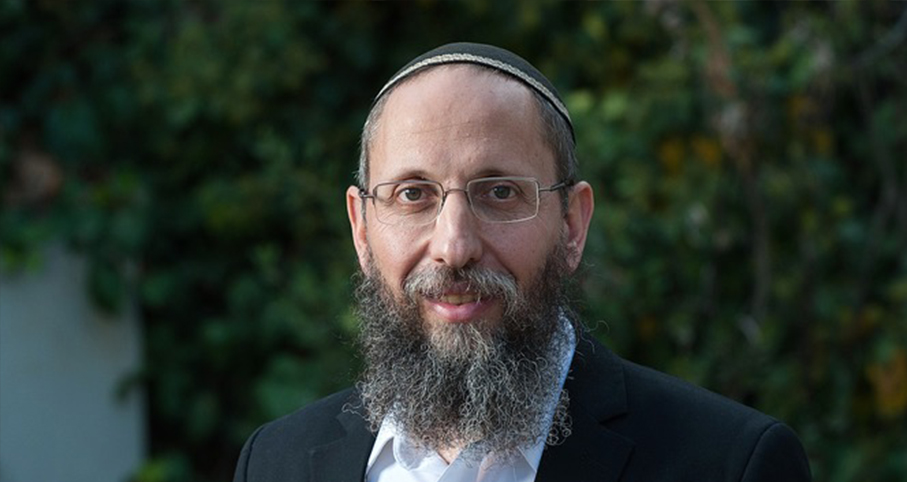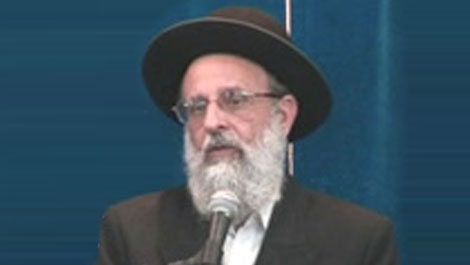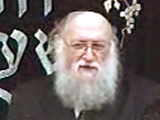Beit Midrash
- Torah Portion and Tanach
- Vayikra
- Tzav
After detailing the rules relating to the קרבן עולה, the Torah moves to a discussion of the כהן and his responsibilities in connection with bringing קרבנות. The כהן who comes to the altar must be dressed in a special tunic and trousers. He is required to collect the ashes of the previous day’s קרבן and place the ashes on the side of the altar.
The Torah describes the clothing that the כהן must wear (ולבש) as he performs his duties for the קרבן עולה. The tunic, made of linen (בד) is a shirt that covers the כהן’s entire body, down to his feet. The trousers (מכנסים) are also made of linen. Because כהנים differ in height, the tunic must be measured (מדו) to fit the wearer. The simplicity of the כהן’s garb indicates that the clothes are not designed to impress, but to remind the כהן of the need for purity of action and thought.
The word ילבש is from the root ל-ב-ש "to clothe." The word בד is from the word ב-ד-ד "to separate." Linen grows on separate stems. The word מכנסים is from the root כ-נ-ס "to gather." Trousers hold the lower body together. The word מדו is from the root מ-ד-ד "to measure" the material.
The כהן wears the garments while performing a single task: lifting (הרים) and removing the ashes (דשן) from the previous day’s קרבן and placing (שמו) those ashes on the side (אצל) of the altar. In fact, the simple garments that the כהן wears and the task that he performs are related.
The word הרים is from the root ר-ו-ם which means "to elevate for a higher goal." The word דשן is from the root ד-ש-ן "to saturate." In our verse it refers to the excess remaining from the Korban. The word שמו is from the root ש-ו-ם "to place." The word אצל is from the root א-צ-ל "to set aside."
When the כהן removes the ashes from the previous day’s קרבן, he ties the past to the future. His act creates continuity, reminding the Jew that yesterday’s קרבן continues to exist even as today’s קרבן is brought. Today’s task is not something new and different, but an extension of yesterday’s efforts.
This is a lesson for the Jewish people. Today’s Jewish children and grandchildren stand before God with the same mission in life to which their earliest ancestors dedicated themselves. Every day, the new generation adds its unique contribution to those of previous generations, with the singular goal of creating a Godly society.
Copyright © 2014, Matityahu Clark. All Rights Reserved. This is an excerpt from the forthcoming Hirsch At Your Table, a collection of brief divrei torah based on R. Samson Raphael Hirsch’s Torah Commentary.

























